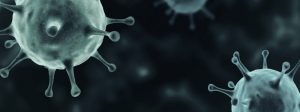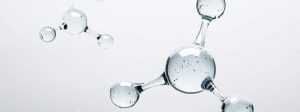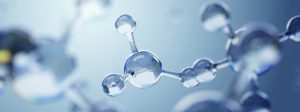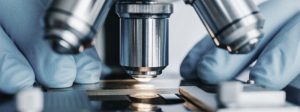Conditions for the Inactivation of COVID-19 by ozone tested
For the first time in the world, the Nara Medical University research group (led by Professor Yano Juici and the director of the Kasahara Kei Center for Infectious Diseases) and the MBT Consortium (Member Companies of the Infectious Diseases Group: QOL Corporation, Sanyu Shoji Corporation and Tamurateko Corporation) confirmed the inactivation of COVID-19 by exposure to ozone gas. Furthermore, after experimentally testing the conditions of its inactivation, we have demonstrated its usefulness from an academic point of view.
Preconditions
To prevent the spread of infection in doctors’ offices and meeting rooms, disinfection was done manually by applying alcohol after use, which was laborious and time-consuming.
To solve this problem, ozone gas sterilization was proposed, however there was no medical evidence. Recently, a research team led by Nara Medical University conducted an experiment to inactivate the new coronavirus by exposure to ozone gas and confirmed that ozone inactivates the new coronavirus.
In addition, the relationships between ozone concentration, exposure time, and virus inactivation were experimentally tested.
Experiment content
New coronavirus cell lines are cultured and stainless steel plates are placed in an airtight (acrylic) ozone-proof box installed in a safety laboratory and the new coronavirus prepared for testing is applied.
An ozonizer (PMDA certified medical device: ozone generator) installed in the sealed box is used to control and maintain the ozone concentration in the box between 1.0 and 6.0 ppm. The amount of ozone exposure is established by the CT value (the CT value of 330 is used representing an experimental value for the certification of PMDA medical devices from the Ministry of Health, Labor and Welfare and the CT value of 60 representing an operational value for ozone decontamination in the emergency units of the Ministry of the Interior and Communications).
After exposure, the virus is inoculated into the cells to determine whether the virus infected the cells and the amount of virus is calculated. This experiment was made possible in the Level 3 Biosafety Laboratory at Nara Medical University, as well as thanks to virus culture technology.
Research results
- Inactivation rates ranged from 1 / 1,000 to 1 / 10,000 with a CT value of 330 (55 minutes exposure to an ozone concentration of 6 ppm).
- Inactivation rates ranged from 1/10 to 1/100 with a CT value of 60 (60 minutes exposure to 1 ppm ozone concentration).
Conclusión
Through the present study, we confirm that the rate of inactivation by ozone can be up to 1 / 10,000. This indicates that the new coronavirus may be inactive under practical ozone conditions.






